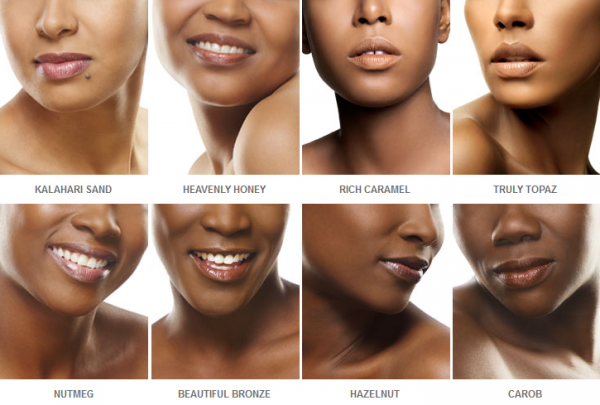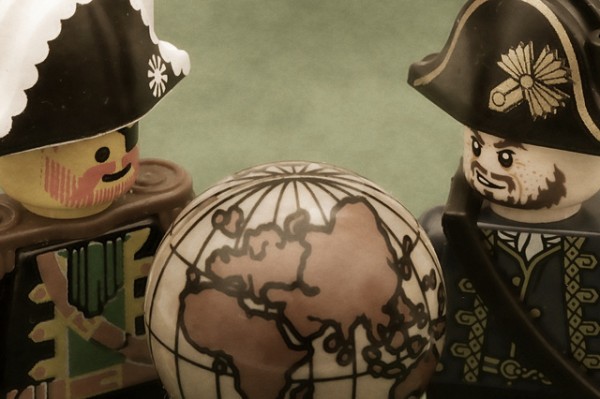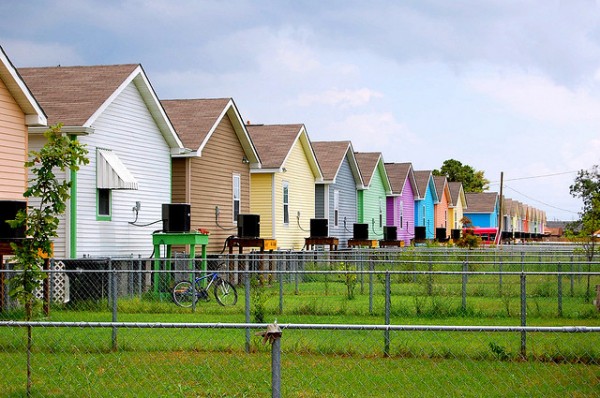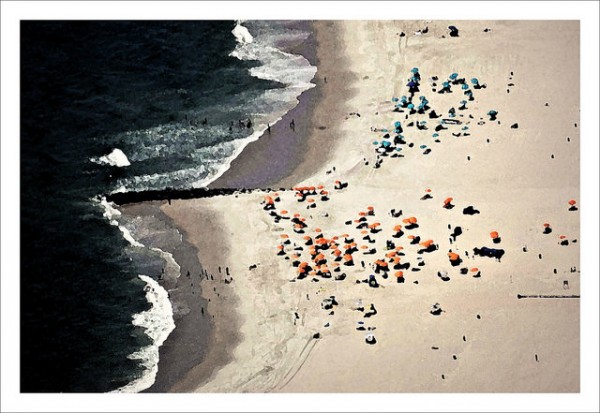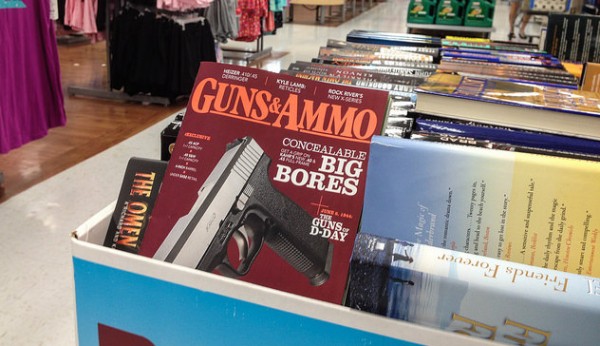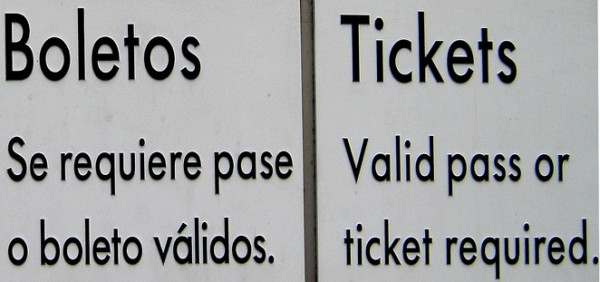
Speaking more than one language can be a valuable resource, but does it translate into economic and occupational success? According to the American Community Survey, young adults today are far more likely to speak a language other than English at home compared to young adults in 1980, up from about 10% in 1980 to almost 25% in 2013. Of all Americans who speak a language other than English at home, 62% speak Spanish. So, does being bilingual in English and Spanish contribute to higher status achievement? For Latinos, the answer is both yes and no, depending on gender.
Sociologists Jennifer C. Lee and Sarah J. Hatteberg use data from the National Educational Longitudinal Study from 1988-2000 to examine the influence of bilingualism on educational attainment (measured as high school or GED completion), occupational prestige, and weekly income for Latinos. Individuals in the study were first surveyed in 8th grade, then in their mid- to late-20s, and their bilingualism is divided into five categories based on the ability to read, write, understand, and speak Spanish.
Compared with English-dominance, biliteracy (the ability to speak, read, write, and understand Spanish) is positively associated with high school completion and occupational prestige for Latina women. On the other hand, oral bilingualism (the ability to speak and understand Spanish well, but less so for reading and writing) and passive bilingualism (the ability to understand Spanish, but not speak it well) are negatively associated with high school completion among Latino men. The authors found no significant relationship between income and bilingualism, regardless of gender.
Lee and Hatteberg note that indicators of ethnicity, like language, may have different meanings for men and women. They speculate that Spanish speaking men may be stigmatized, while women who speak Spanish may be rewarded in school and at work for having that particular skill. One man’s disadvantage appears to be another woman’s advantage when it comes to Spanish skills.

